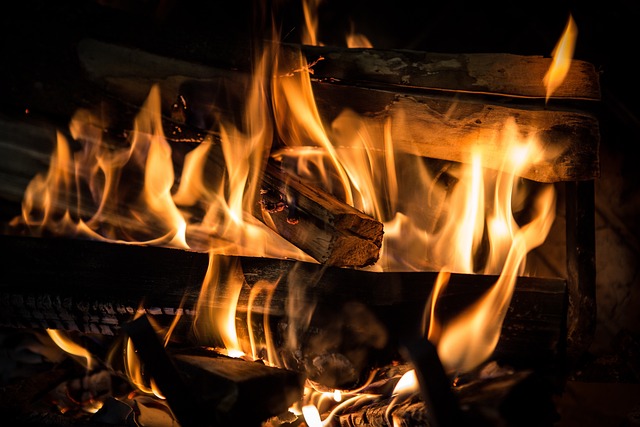House flipping investors play a key role in California's post-fire real estate market by purchasing distressed homes, rehabilitating them, and reselling for profit. They fill a gap left by traditional sellers of fire-damaged properties, aiding community recovery while contributing to local ecosystems. Navigating permits, contractors, and safety standards, these investors help California recover, offering valuable properties back to the market after devastating wildfires. Selling a fire-damaged house in California requires thorough damage assessment, legal understanding, financial budgeting, and effective communication to avoid delays or complications.
“House flipping investors play a significant role in California’s dynamic real estate market, driving transformation and diversity. This article delves into the world of these savvy entrepreneurs and their unique contribution. We explore ‘Understanding House Flipping Investors and Their Role in California’s Real Estate Market,’ followed by a practical guide on ‘Navigating the Process of Selling a Fire-Damaged House to Investors in California.’ If you’re considering selling a fire-damaged property, this is essential reading.”
- Understanding House Flipping Investors and Their Role in California's Real Estate Market
- Navigating the Process of Selling a Fire-Damaged House to Investors in California
Understanding House Flipping Investors and Their Role in California's Real Estate Market

House flipping investors play a significant role in California’s dynamic real estate market, particularly when it comes to purchasing and rehabilitating fire-damaged properties. These investors are individuals or entities who buy distressed homes at below-market prices, renovate them, and then resell them for a profit. In the context of California, where natural disasters like wildfires have become increasingly frequent, selling fire-damaged houses becomes a crucial aspect of their business strategy.
These investors step into an opportunity gap left by traditional home sellers. Fire-damaged properties often require substantial repairs, but they also present a chance for flippers to add value through strategic renovations. By investing in these homes, they not only contribute to the local real estate ecosystem but also help communities recover and rebuild after devastating fires. This process involves assessing damage, obtaining necessary permits, hiring contractors, and ensuring the property meets safety standards before putting it back on the market.
Navigating the Process of Selling a Fire-Damaged House to Investors in California

Selling a fire-damaged house in California involves a unique set of challenges and considerations for investors. The first step is to accurately assess the extent of damage, which often requires professional inspections to determine repair costs and potential red flags that might affect resale value. Once the damage is assessed, investors must navigate the legal and financial aspects of purchasing such properties, including understanding California’s specific regulations and rehabilitation guidelines.
Investors interested in buying fire-damaged homes in California should be prepared with a robust budget that accounts for not only renovation costs but also potential hidden expenses that may arise during the repair process. Additionally, they must comply with local building codes and zoning regulations to ensure their investment adheres to legal standards. Effective communication between the seller, investors, and relevant authorities is essential throughout this process to avoid delays or legal complications, ultimately facilitating a successful sale for all parties involved.
House flipping investors play a significant role in California’s dynamic real estate market, offering both opportunities and challenges. For homeowners facing the sale of a fire-damaged property in California, understanding this process is crucial. By navigating the unique aspects of selling to these investors, including addressing fire damage and adhering to local regulations, sellers can secure fair compensation for their properties. This approach not only revives damaged homes but also contributes to the state’s continuous real estate transformation.






